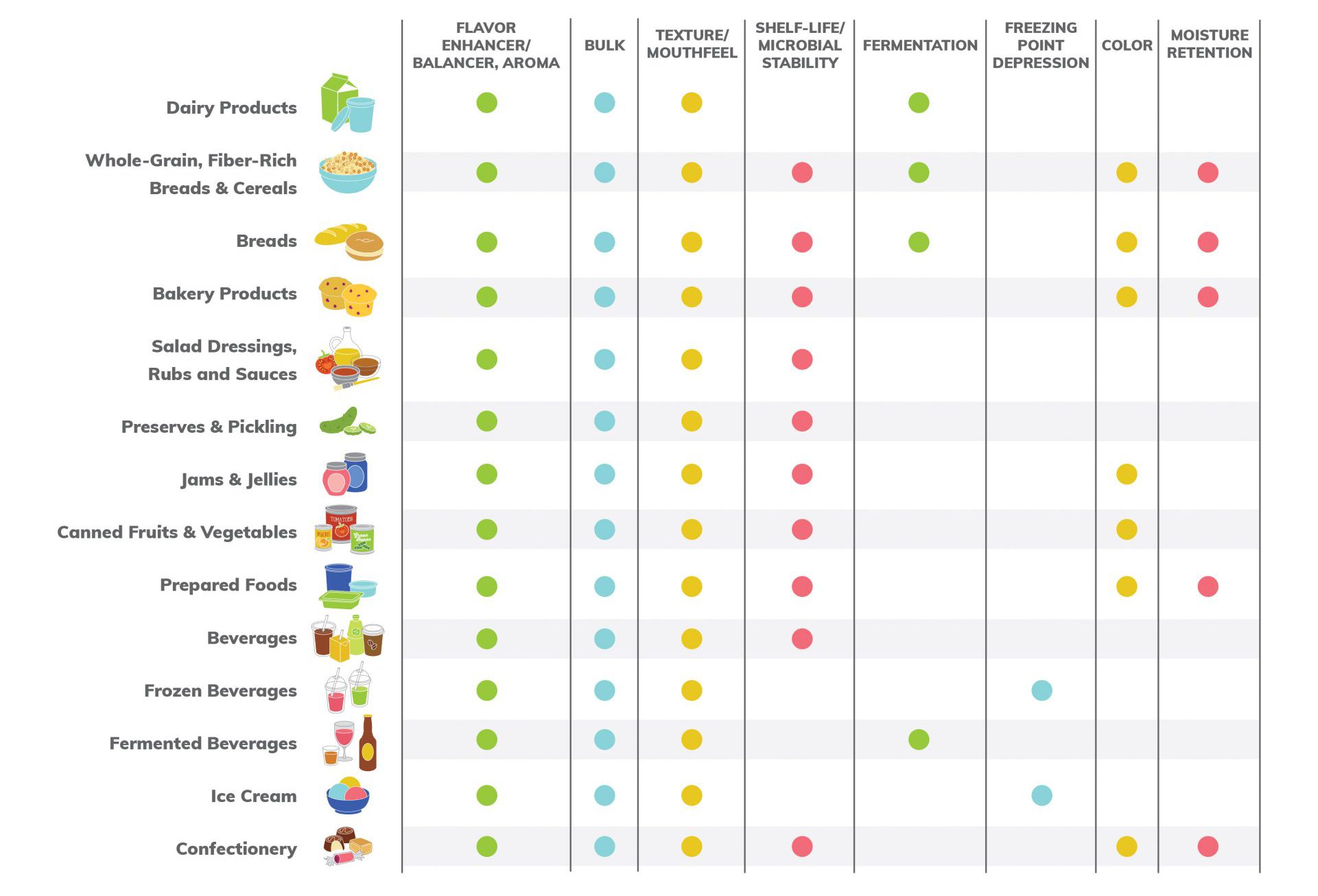When it comes to sugar, we all know that it plays many roles in nutritious foods and as part of occasional indulgences, sugar adds pleasure to life. It’s the truth: A balanced life really is a sweet life.
As the old saying goes, everything has a place in moderation. But, what is moderation for sugar?
“Moderation” is the Word
We’ve all heard “moderation, moderation, moderation.” But, until recently, this concept (for sugar, at least) was up to each consumer’s interpretation of what they wanted it to mean. Every five years since 1980, the U.S. government has published the Dietary Guidelines for Americans (DGAs), with each edition including a general recommendation for Americans to moderate their intake of sugars. So, for the past 40 years, despite being told that they should moderate their sugar intake, there was no quantifiable way to interpret “moderation.”
This all changed when the 2015-20 DGAs came out with the first quantitative recommendation for sugars, recommending Americans limit added sugars to no more than 10 percent of calories per day (that’s 200 calories per day of a 2,000-calorie diet: 12 teaspoons or 50 grams). This recommendation was not based on health outcomes, nor is it an amount above that which causes harm. The number is based on food pattern modeling (a tool used to figure out how you can meet all your food group and nutrient recommendations within calorie needs), and the 10 percent target is an attempt to help individuals move toward healthy eating patterns within calorie limits.
According to the DGAs, a healthy diet includes up to 10 percent of a person’s calories from added sugars. So, “sugar in moderation” means that up to 10 percent of your calories can come from added sugars. These added sugars can come from those added to nutritious foods as well as occasional sweets and treats. The DGAs recognize that “Added sugars provide sweetness that can help improve the palatability of foods, help with preservation, and/or contribute to functional attributes such as viscosity, texture, body, color, and browning capability.” The Food and Drug Administration also “recognizes that added sugars can be a part of a healthy dietary pattern. But if they are consumed in excess, it becomes more difficult to also eat foods with enough dietary fiber and essential vitamins and minerals and stay within calorie limits.”
Well, How Much are We Eating Now?
Despite all the hype about excessive sugars intake, current consumption rates aren’t far off from meeting the 10 percent goal. Data for 2015-16 shows Americans currently consume 12.6 percent of total calories from added sugars, so getting to 10 percent means cutting out only about 60 calories per day.[1],[2] In fact, total added sugars consumption has decreased by more than 15 percent since 2000, primarily driven by significant decreases in calorically sweetened beverage consumption.
A License to Speak about Sugar in the Diet
While the Sugar Association didn’t necessarily agree with the means used to derive the 10 percent number—as it lacked the rigor of recommendations for other nutrients—we started to get excited that a number finally existed. With the dialogue moving toward “sugar detoxes” and debates about whether any sugar should be in the diet, we now have a way to talk about sugar in the diet and a number to explain how much sugar can fit into a “healthy” lifestyle.
Consumer Response to Moderation Messaging
Who wants to be told what they can’t have? When the Sugar Association conducted in-depth consumer research in 2017, moderation won the day when it came to how consumers viewed healthful eating. Consumers already feel that focusing on a balanced diet and enjoying treats in moderation is a good approach to life. What they’re looking for are information and facts that confirm what they already know: that enjoying sugar in moderation can be part of a healthy lifestyle. We continue to work on refining the messages around moderation so that they resonate with confused consumers. Stay tuned.

Our Position
The Sugar Association agrees that sugar’s role in the diet should be one of moderation. The DGAs’ 10 percent recommendation helps us define “moderation” and better communicates sugar’s role in a balanced lifestyle to the public. Our goal is to increase consumer understanding of the role that sugar plays in a nutritious, balanced and enjoyable diet. At the end of the day, we want consumers to feel confident about their families consuming sugar in moderation, because that is what the science supports.